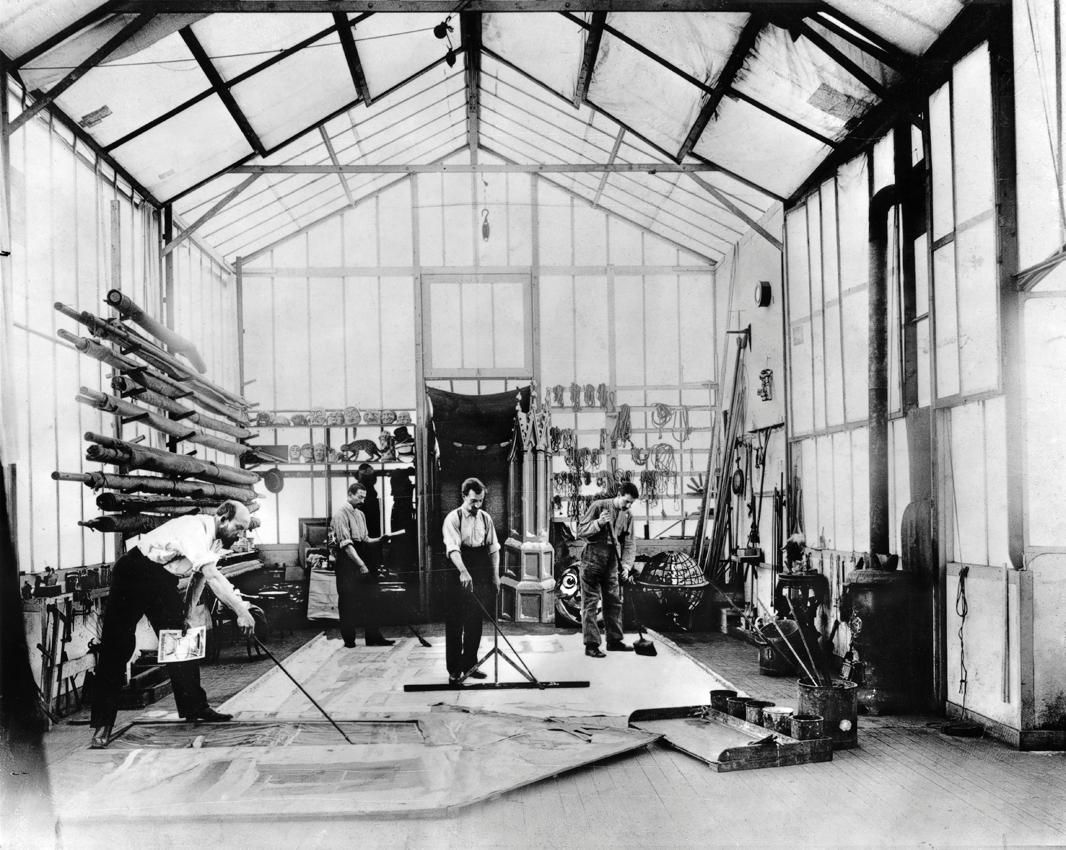Wednesday, October 27, 2021
Movie Review: Psycho (1960)
Tuesday, October 26, 2021
My light
Friday, October 22, 2021
George Méliès- Grace Lavery

From the assigned movie "Hugo", I noticed that George Méliès' film set was portrayed as a giant glass box and I wondered if that was actually true. This image captured in his Montreuil studio shows that in fact it is true. Due to the lack of advanced light sources during this time natural light was the best option for previous filmmakers. Mélèis' techniques were interesting during this time with his use of a giant glass box and his method of the zoom comprising of moving the set rather than the camera.
What George Méliès is most known for, however, is that he accidentally discovered editing believe it or not. This is a huge deal for the film industry as long shots can be strenuous for actors and the audience. He was one of the first to invent the fade in, fade out, overlapping, and lap dissolve. These techniques are still popular in modern filmmaking today and without Méliès' discovery we may never know if films would have amounted to the technological advancements of today! While his films weren't the best continuity wise it paved the way for filmmakers down the line such as Edwin S Porter to delve in continuity editing. George Méliès was one of the many who made the foundation for modern film.
Wednesday, October 20, 2021
Kaleigh Hoole-Harman







